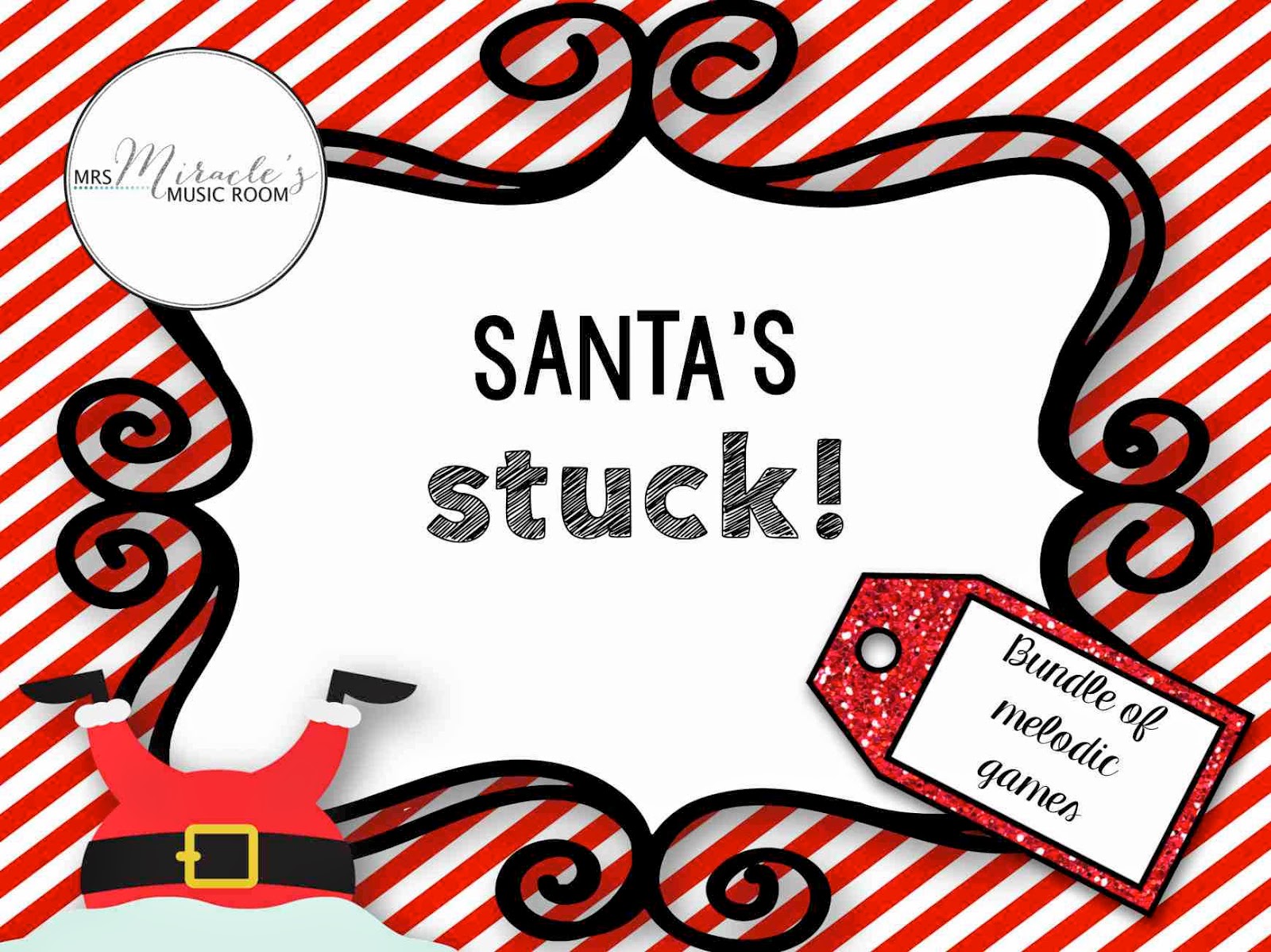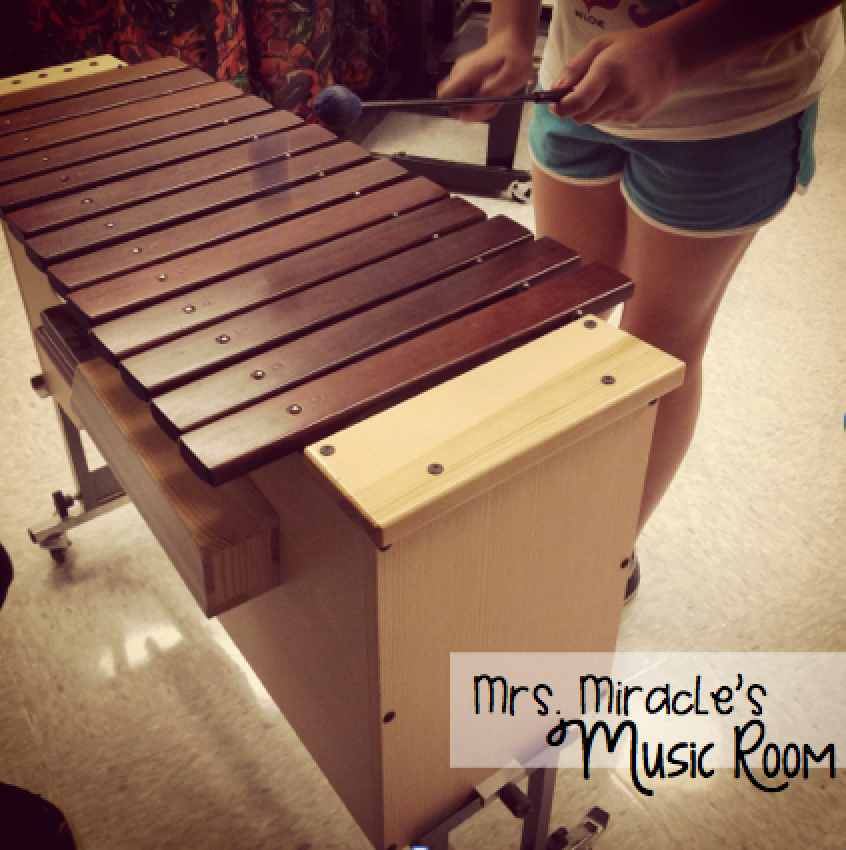Five tips for Christmas time in the music room
Ah, Christmas time in the music room....kids are CRAZY with excitement and have a hard time focusing and sitting still. I have a hard time focusing too, so I can understand! Over the years, though, I have noticed a few things that have worked well for getting students in grades K-5 still engaged in music lessons. Here are my five tips...
#1: Sing holiday music!
One of the best things about December, in my opinion, is holiday music. I love singing Christmas songs--and so do the kids--and have also found a few Hanukkah songs I absolutely adore. For several years now, I have directed a holiday singalong at my school, in which the entire school comes down half an hour before their holiday parties begin to sing through 10 or so songs. We sing like we are in an assembly and I have the lyrics posted on a screen. Parents are also welcome to sing...and it is a PACKED HOUSE! It's really wonderful to hear the entire school community singing together.
So in the week of and the week before the singalong, I practice all of the songs with the students, which they love. It also gives me a chance to discuss all the December holidays and why we sing during holidays. Just make sure that all of your students are allowed to sing holiday music, as some religions prohibit this; for those students, you may want to have another fun activity they can complete, or you can talk to their classroom teacher about what they do for that student if they have any holiday activities. If you're looking to put together a singalong, I created this singalong set below to help save time:
When I put together the singalong, I have several Christmas songs, a couple Hanukkah songs, and at least one Kwanzaa song. Click here to see one of my all-time favorite Hanukkah songs (thanks to my friend Naomi Cohen for sharing it with me!) As far as Kwanzaa goes, I typically sing an African folk song with students, since Kwanzaa celebrates African culture (I just haven't found a whole lot of accessible songs specifically about Kwanzaa, and love teaching about culture through these new songs.) The resource below is an absolute treasure of Kenyan songs...click the picture to see it on West Music.
The book comes with an incredibly helpful DVD that can be used to teach students a song AND show them a performance of Kenyan students or adults singing. I've decided to do a different song each year for the entire school so by the time they leave 5th grade, they've learned several songs and have watched several of the performances!
#2: Get students moving!
Students are so excited during this season, they need to MOVE! Quick movement activities to holiday music are a great way to keep students engaged and excited during class. I found this fun "Jingle Bells" movement activity on YouTube:
I also love these movement cards by Lindsay Jervis:
#3: Sing to them
Sometimes after moving, students need to just sit and listen to you sing...it can have a beautiful calming effect on them!
Here are some of my favorite picture books for this time of year (just click the picture to see the book on Amazon.)
#4: Assess them...without them knowing it!
I love to make games out of assessments, so that students think they are just playing a game but really, you are also gauging how well they know a particular concept! The holiday season is a perfect time to do this, as for me, it is nearing the end of the marking period, and I need to see how well they know the concepts I'm teaching them. Here is a free ta and ti-ti set I made for Christmas time in the music room:
One of my students' favorite games this year has been "Santa's Stuck"...check out the rhythmic and melodic sets below:
#5: Have them listen!
There are so many wonderful recordings of Christmas and holiday music; this is a great time of year to do some listening activities!
My favorite recording of Feliz Navidad, which I have students listen to with the book above, is by Chino Espinoza.
There are several classical music pieces that are Christmas-related, but of course, no Christmas is complete without the Nutcracker! I love doing a comparison of the standard Nutcracker by Tchaikovsky with Duke Ellington's Nutcracker.
Tracy King at Mrs. King Rocks put together this really helpful blog post with TONS of Nutcracker resources.
Cori Bloom put together this wonderful Christmas listening freebie (make sure to rate it after downloading!)
What are your favorite Christmas/ winter holiday activities? Please comment below, and HAPPY HOLIDAYS!!



















































MENU SOCIAL LINKS